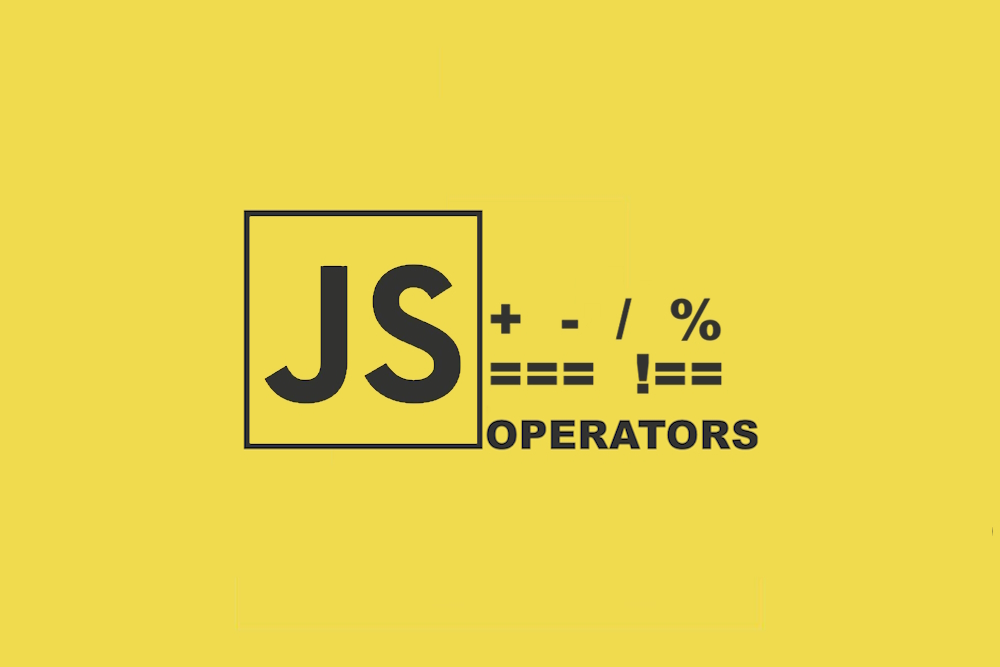
So you’ve decided to start learning JavaScript, or are curious about what it is? Great choice!Some will say JavaScript is the language that makes the web feel alive. And to an extent they are right. Have you seen websites like the one showing above? that's mostly done with JavaScript. In this first stop on our JavaScript road trip, we’re going to answer three burning questions:
- What on earth is JavaScript, really?
- Where does it run?
- Why should you (and every site on the internet) care?
Now grab a drink and pull out your notepad and let’s get to it!
What is, JavaScript and Why Do I See It on Every Job Posting Ever?
It is a High Level, Single Threaded, Garbage Collected, Interpreted (or JIT Compiled) Prototype Based, Multi-Paradigm, Dynamic Language With a Non-Blocking Event Loop
- Fireship
Well that is easy and at the same time funny to answer, In a nutshell, JavaScript is like the Swiss Army knife of web development.
Created in only 10 days by Brendan Eich of Netscape in 1995 with a single goal: “Adding an easy to learn scripting language to the Netscape browser”. Originally named Mocha, then briefly LiveScript, before settling on JavaScript (to ride Java’s popularity wave).
Fast-forward to today and… well, those sprinkles turned into the whole cake. Nowadays JavaScript is natively supported by all browsers and, for better or worse, as it is said by Atwoods Law:
Any application that can be written in JavaScript, will eventually be written in JavaScript.
- Server Side Applications: using Node.js
- Mobile Applications: using React Native or Ionic
- Desktop Apps: using Electron
You could say if a device has a chip and a screen, odds are someone has tried to run JavaScript on it.

How JavaScript Fits Into the Web’s Three-Piece Suit
As I mentioned at the beginning, JavaScript is used to bring a lot of things to the table but the main thing we use it for is to make applications and websites dynamic. Some readers might be too young to remember, but back in the early 2000s, most websites felt like online Word documents. We usually just had walls of text and a couple of images. That was it, no fancy interactions or animations.
For the front end. JavaScript works alongside HTML and CSS.
- HTML is the skeleton: headings, paragraphs, buttons, forms, images.
- CSS as the styling: colors, layout, fonts (the bits that make it look pretty).
- JavaScript is almost like the nervous system: responding to clicks, fetching data, moving things around, animating stuff, yelling in the console when something’s off.
Remove JavaScript and your page will still show, but it just sits there like a mannequin, static, unbothered. Add JavaScript and it comes back to life.
Your First Script: One Line, Zero Downloads
Let’s go from Knowing what it is to a quick how it looks. I won’t even bother anyone with downloading an IDE or Text editor for this, let’s go super simple. We’re using JSBin to create a quick test.
Go to a new bin, select only the JavaScript and Console Tabs and Write the following:
console.log('Hello World!');
After that just click run on your console and congrats! You just wrote and executed your first line of JavaScript.
Why You Will Build A Love & Hate Relationship With JavaScript
- Instant feedback: It is as simple as edit, save, refresh, see results right away.
- Massive ecosystem: Need charts? Animations? AI APIs? There’s a library for it.
- One language, many arenas: Front-end, back-end, mobile, desktop. No matter where, you can always stuff some JS.
- Quirks: Well let’s say, [] + [] equals an empty string, 0.1 + 0.2 isn’t exactly
0.3, {} + [] is 0 or why
console.log(('b' + 'a' + + 'a' + 'a').toLowerCase()); will write banana… Don’t worry we’ll get there soon enough.
Coming Up Next…
Now that “What is JavaScript?” is checked off, we’ll dive into variables and data types—the building blocks of everything from simple counters to complex apps.
By the end of the next post you’ll know why let is the cool kid, const is the stickler, and var…well, we keep var around for historical reasons.
Until then, open DevTools, poke around, and maybe change the background color of your favorite site (locally, of course). See you in Blog #2!


